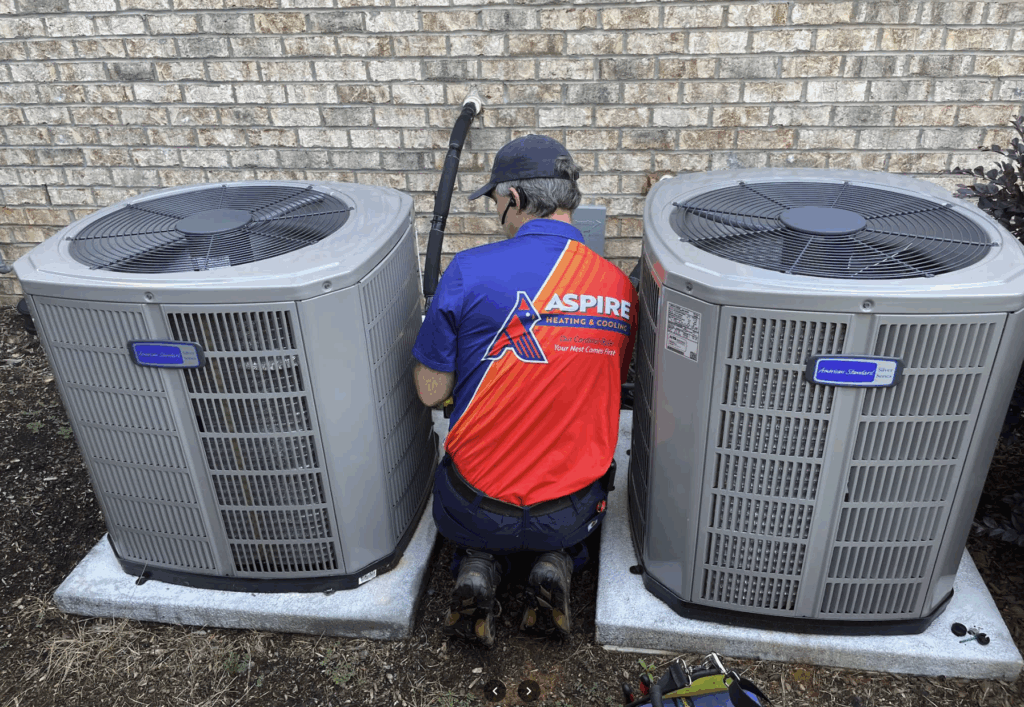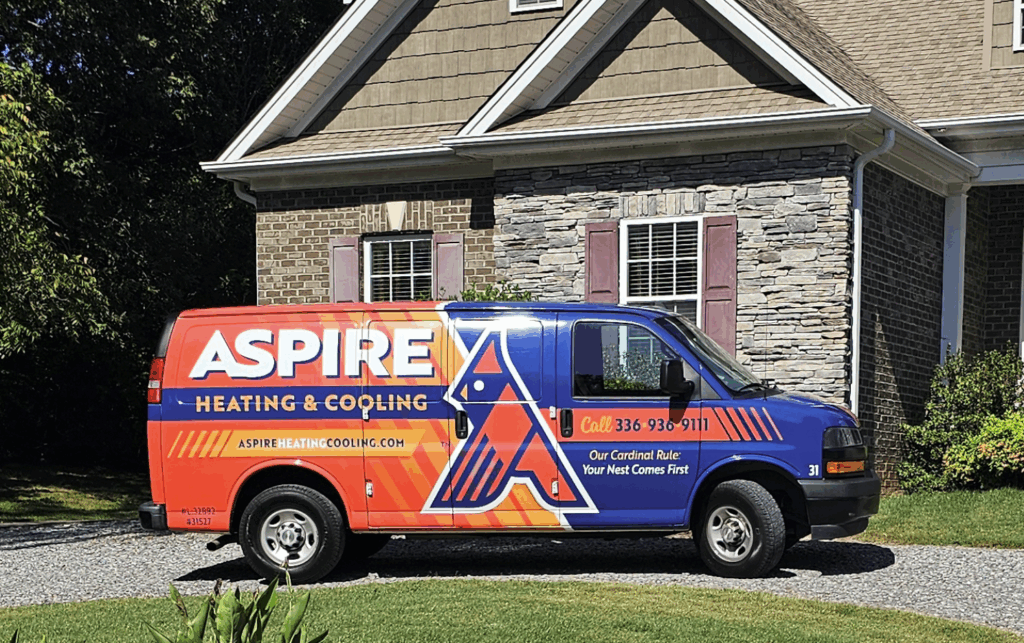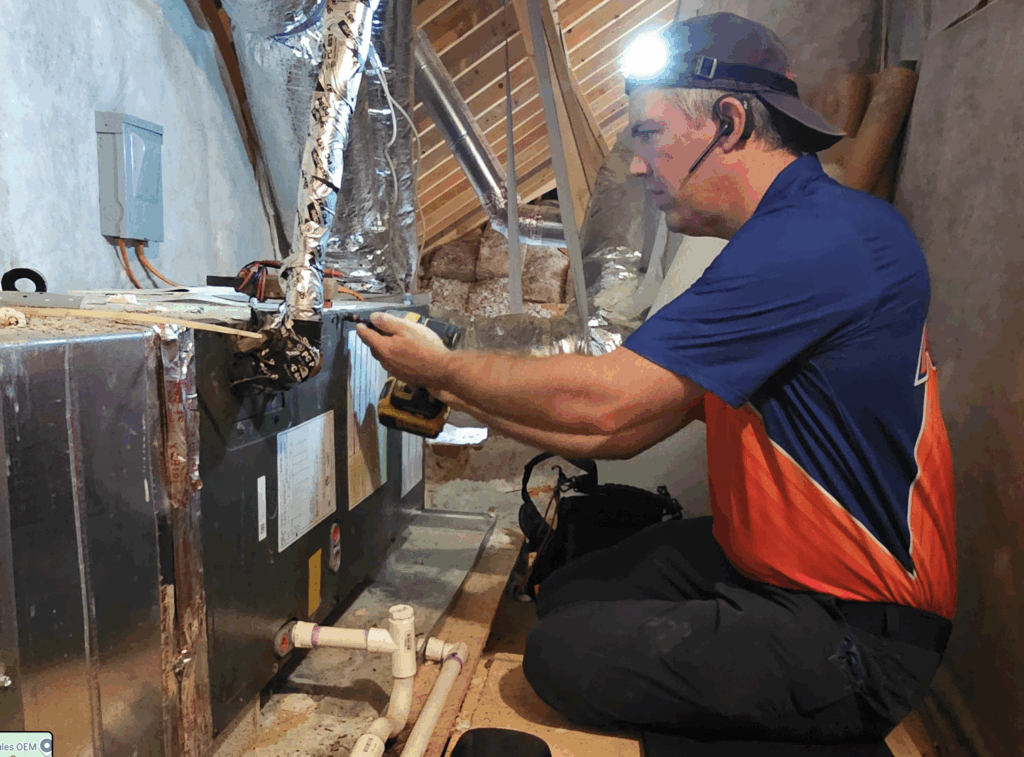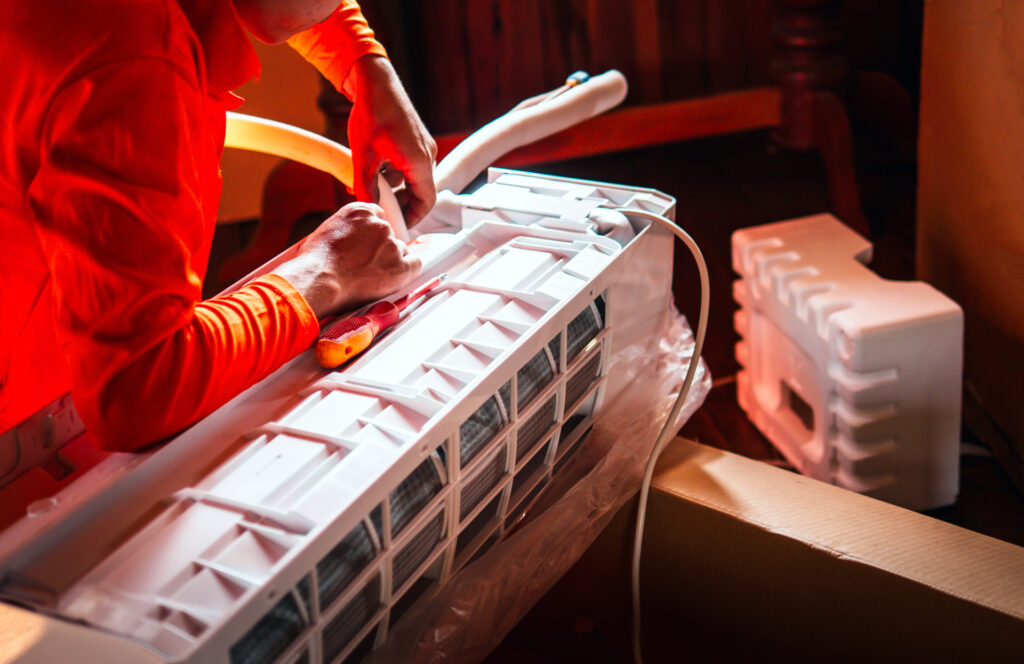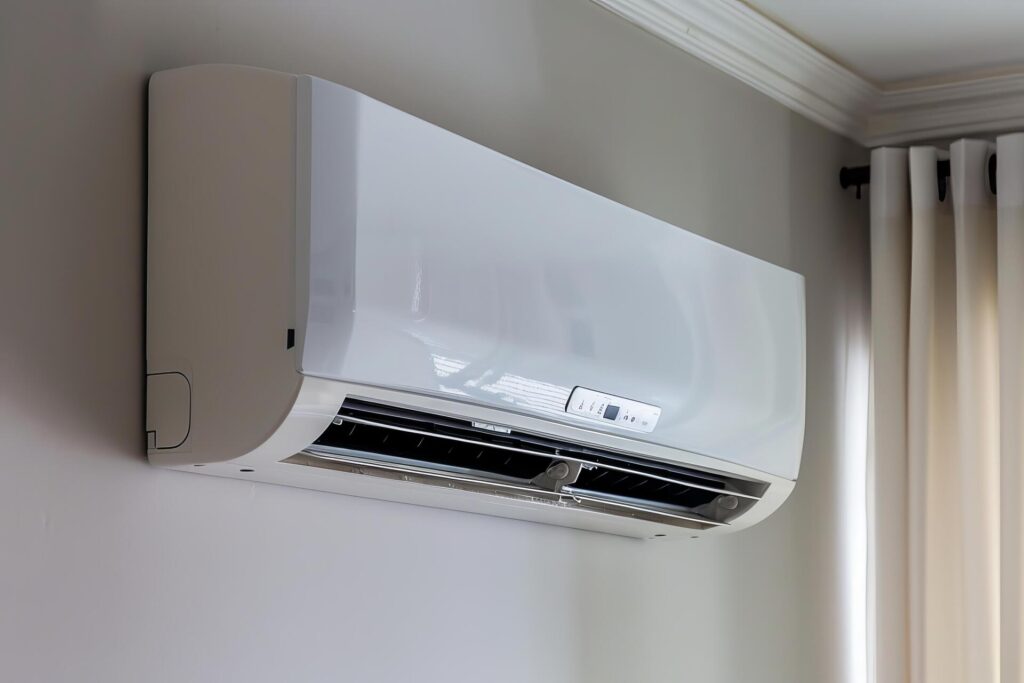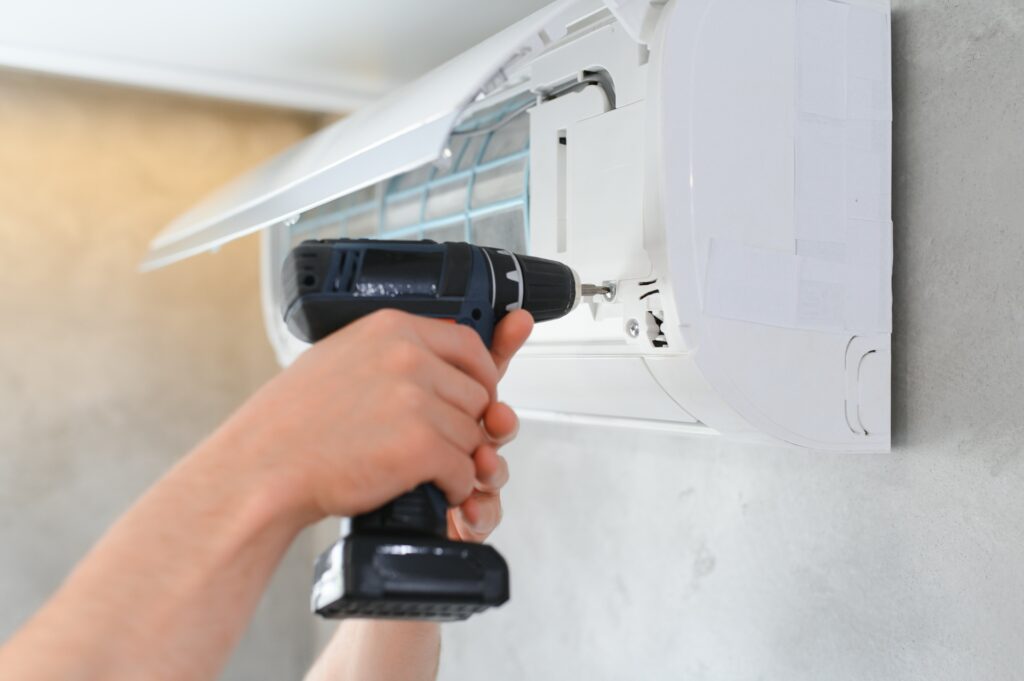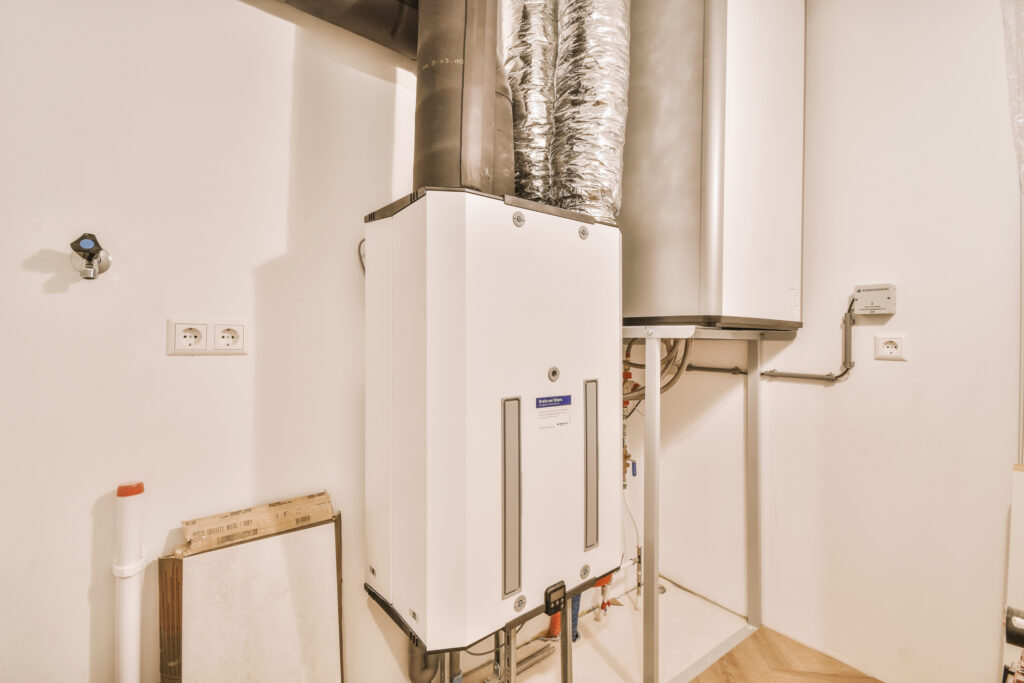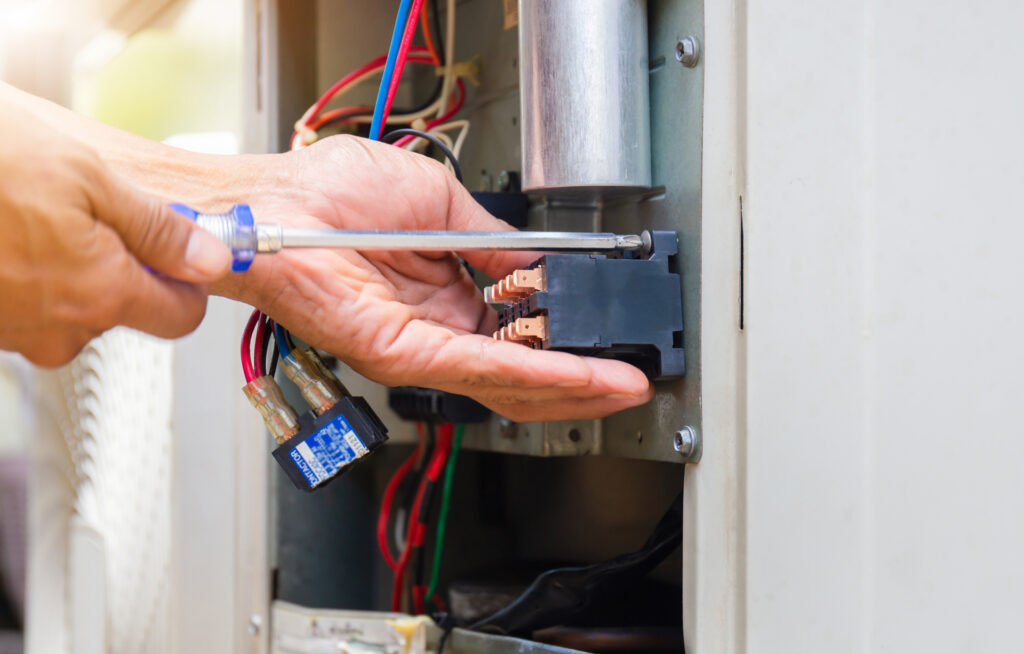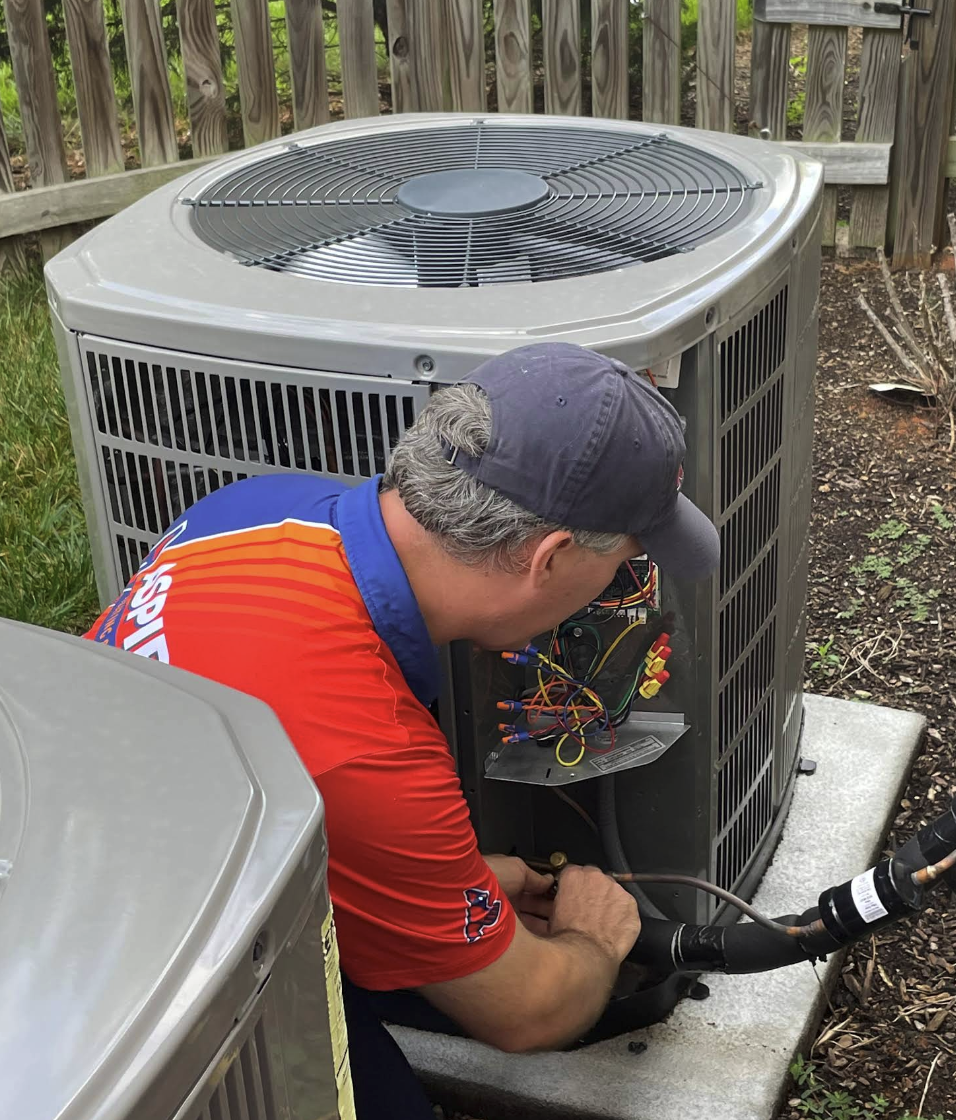Below you will find a summary of the Inflation Reduction Act as it pertains to heat pump installation for the year 2023. You can follow this link https://www.energystar.gov/about/federal_tax_credits/air_source_heat_pumps to review
information for other years, hot water heaters, and geothermal systems.
When is this credit effective?
This tax credit is for products purchased and installed between January 1, 2023, and December 31, 2023.
How much can I claim?
You can claim 30% of your project cost, with a maximum amount credited up to $2,000.
What products are eligible?
ENERGY STAR classifies heat pumps as general certification or cold-climate certification.
In general, all ducted heat pumps that have an ENERGY STAR label are eligible, as well as certain mini-split (ductless) systems with:
SEER2 greater than or equal to 16
EER2 greater than or equal to 12
HSPF2 greater than or equal to 9
*You can find definitions here
https://www.energystar.gov/about/federal_tax_credits_consumer_energy_efficiency_definitions
What are the annual limits on Energy Efficient Home Improvement Tax Credits?
In addition to limits on the amount of credit you can claim for any particular equipment installation or home improvement, there are annual aggregate limits. The overall total limit for an efficiency tax credit in one year is $3,200. This breaks down to a total limit of $1,200 for any combination of home envelope improvements (windows/doors/skylights, insulation, electrical) plus furnaces, boilers and central air conditioners. Any combination of heat pumps, heat pump water heaters and biomass stoves/boilers are
subject to an annual total limit of $2,000. (Note: ENERGY STAR certified geothermal heat pumps are eligible for a separate tax credit and not counted against these limits.)
Who is eligible?
Upgrades must be to an existing home and your principal residence. New construction and rentals DO NOT apply.
How can I maximize my tax credits?
Given the way the annual aggregate limits are structured, it may be prudent to spread your improvements over a few years. If your heating or cooling system is old, and you are considering a new air source heat pump, it is always wise to optimize your attic insulation first, so you don’t pay for more heating and cooling than you actually need. Making these upgrades together in one year would allow you a tax credit of up to $1,200 for the insulation and up to $2,000 for the heat pump. Similarly, you could combine a heat pump installation with window/door replacements. In that scenario, the $2,000 credit for the heat pump could be combined with tax credits up to $600 total for the windows/skylights plus $500 for two or more doors. If you replace your water heater the following year, you would be eligible for another 30% tax credit, up to $2,000 plus up to $600 if you need an electric panel upgrade to accommodate the new water heater.


